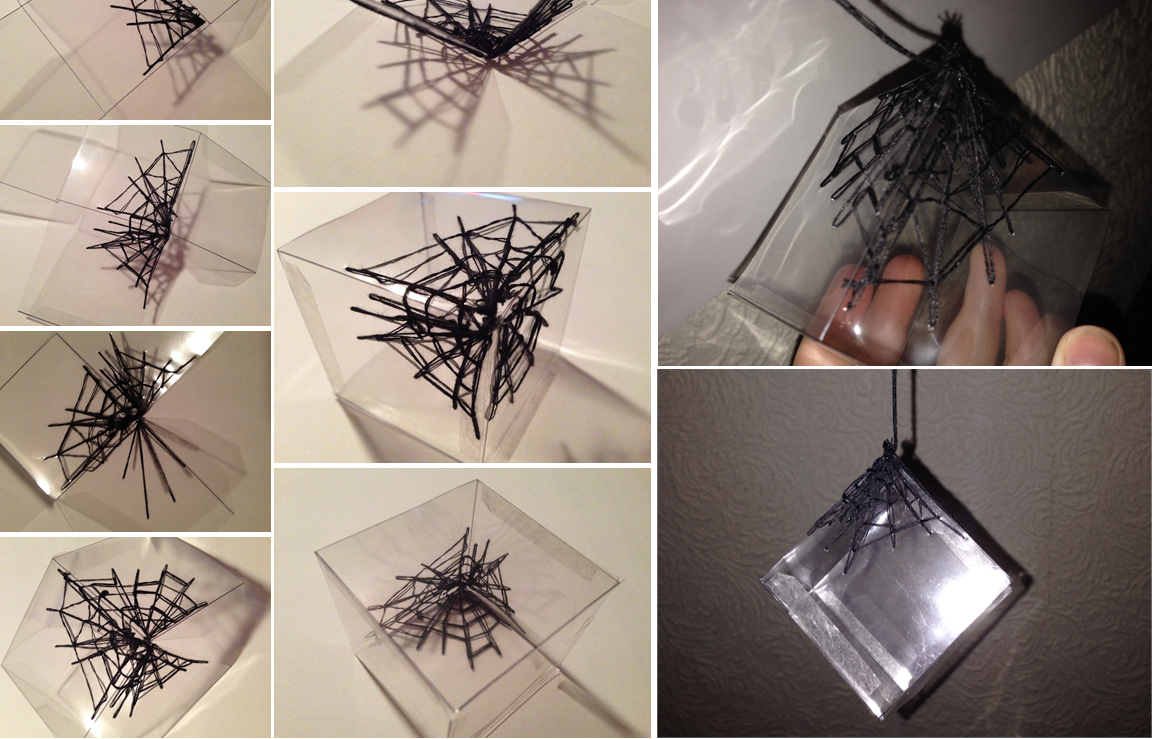My Last Tutorial
before the Holidays
I had three concerns
before going into tutorial these were:
1. I needed to find other method/techniques that
would allow me to transfer my digital drawings onto a surface.
2. When working bigger, what materials would I
use? Acetate works for small-scale samples but larger acetate would not be long
lasting and currently I want a single piece of material that can be etched to
create folds to create 3-d net shapes but finding one thin enough yet strong is
difficult, it also has to be transparent.
3. Scale is currently a major issue, I want to
create something large scale that aims towards a gallery space so it has to be
large but I am unsure of how to achieve this, to work in multiples or work with
separate pieces and then join them together to create one piece.
All of these
concerns are holding me back from developing my visual samples further. I know
I want to include my digital designs based on natural forms and connect them to
geometric forms but finding the best combination is difficult but exciting to
experiment. After tutorial and discussing these issues with my tutor and other
students, I came up with starting solutions that would give me something to
work from and develop:
1. The new method of transferring my digital
drawings onto a translucent material will be print medium. My specialism is
print and I have been considering applying print from the start so now seems a
good of place as any to begin integrating this within my final project. As I
will be using clear materials it is incredibly important that my prints be
created with a good quality finish so I have decided to use pigment binder, this
will give my work a clean and clear finish with hopefully no watermarks.
2. I gave material choice a lot of thought and
without laser cutting them and working with the materials specifically it is
hard to distinguish what would work. I decided to select materials that have
the following qualities within them, they have to be thin, clear, and strong
enough to hold shape and they have to be able to fold once certain lines are
engraved. I have decided to start experimental work with thicker acetate and
Perspex.
3. Scale is something that needs to be explored,
over the Christmas holidays I will experiment with multiples and working larger
in singular areas that will be put together upon construction.
Other aspects to
continue and be aware off:
1. Decide and prepare digital drawings that I
will want to print with, print twice on acetate, and do this process for four
designs.
2. Explore different formats and shapes.
3. Prepare illustrator with net shapes that will
be used on new materials for testing.
4. If I am using multiples, consider how they
would all attach together.
5. Decide on a Live Brief, Humpties or Bradford.
6. Re-look over my Learning Agreement.
7. Make sure my blog and sketchbook are up to
date.























